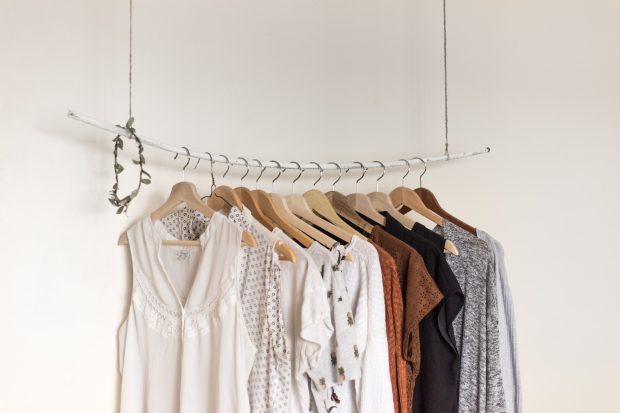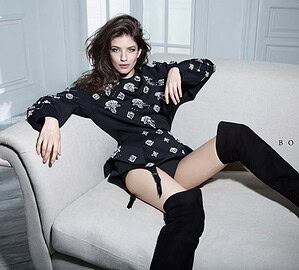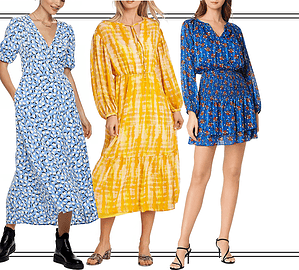As you browse fashion racks or scroll through online looks, you cannot help but wonder how designers come up with current trends. From runway shows to market research, there is a long science behind it all that allows them to see what’s next in fashion. This process is called trend forecasting and it plays an integral role in the success of the fashion industry.
Whether you’re a designer, retailer, marketer, or consumer, it can be helpful to understand how trend forecasting works and why it matters for today’s fashion businesses. In this blog post, we’ll explore the basics of trend forecasting so that you can gain new insights into its impact on modern lifestyles and shopping habits.

Trend Forecasting Overview
Trend forecasting is a vital aspect of the fashion industry, as it provides designers with insights into upcoming fashion trends and helps them anticipate what consumers will want to wear in the future. By analyzing cultural, social, and environmental factors that impact society, trend forecasters can predict changes in fashion before they happen. This knowledge is then used by designers to create collections that are both current and forward-thinking.
For example, this season’s basic crop top trend was anticipated by trend forecasters months in advance, giving retailers enough time to place orders and stock up on the top-selling item. Trend forecasting is an important tool for the fashion industry, as it allows them to keep up with customer desires and stay ahead of the competition.
Using Forecasting to Create New Collections
Trend forecasting allows designers to predict upcoming fashion trends by analyzing data from various sources. They gather information on everything from consumer behavior to runway shows and social media trends. By understanding what people are buying and what they are saying about fashion, designers can create collections that are both in demand and forward-thinking.
Trend forecasting takes skill and expertise, and it is a critical component of the fashion industry. Without it, designers might be lost in a sea of styles and unable to create the innovative collections that we all love and adore.
Trend Forecasting Tools
The world of fashion, design, and lifestyle industries is constantly evolving, and trend forecasters play an essential role in predicting upcoming trends. But what are the tools that they use to make these predictions?
Along with observing current fashion shows and industry events, trend forecasters also analyze historical data, social media metrics, and consumer behavior. According to statistics, 42% of Gen Z adults follow social media fashion trends, making experts’ jobs a bit easier. This information allows them to identify patterns, color trends, and even cultural shifts.
With the help of predictive analytics software, they can create reports and presentations that showcase future trends and how they will impact different markets. With this insight, businesses can make informed decisions to stay ahead of the curve and provide consumers with what they desire.
Different Methods of Trend Forecasting
As businesses strive to predict future consumer behavior and stay ahead of the competition, the art of trend forecasting has become increasingly prevalent. Different methods have emerged, each with its own distinctive approach.
Macro trends examine and analyze societal shifts and changes on a large scale, ultimately providing insight into broader cultural trends. Conversely, micro trends focus on specific niche areas and are often sparked by pop culture or social media. Consumer insights take into account the behaviors and preferences of target audiences, providing a specific and targeted approach to trend forecasting.
How Technology Impacts Trend Forecasting
The fashion industry has always relied on trend forecasting to stay ahead of the curve and offer the latest styles to consumers. With recent advances in technology, however, the way trend forecasting is conducted and utilized has been greatly impacted.
New tools and software have made it easier to analyze data and identify emerging trends with more accuracy and speed. Social media platforms have also become a primary source for trend spotting, allowing brands to connect with consumers and understand their preferences in real time. The combination of technology and fashion has created a new landscape that is evolving quickly and continuously, making it more exciting than ever to stay on top of the latest trends.
Bottom Line
It is clear that trend forecasting has been in use since the very beginning of the fashion industry. Although mainly used by design professionals, it is also a tool used by consumers. It serves multiple purposes, whether to select current pieces to wear or to establish a trend for future designs.
Ultimately, the goal is to create clothing and accessories that both speak to the audience and have lasting appeal with ease, thanks to modern technology. Though trends may change from season to season, the role of trend forecasting will always remain an invaluable aspect of the fashion industry and will continue to evolve alongside technological advances.




